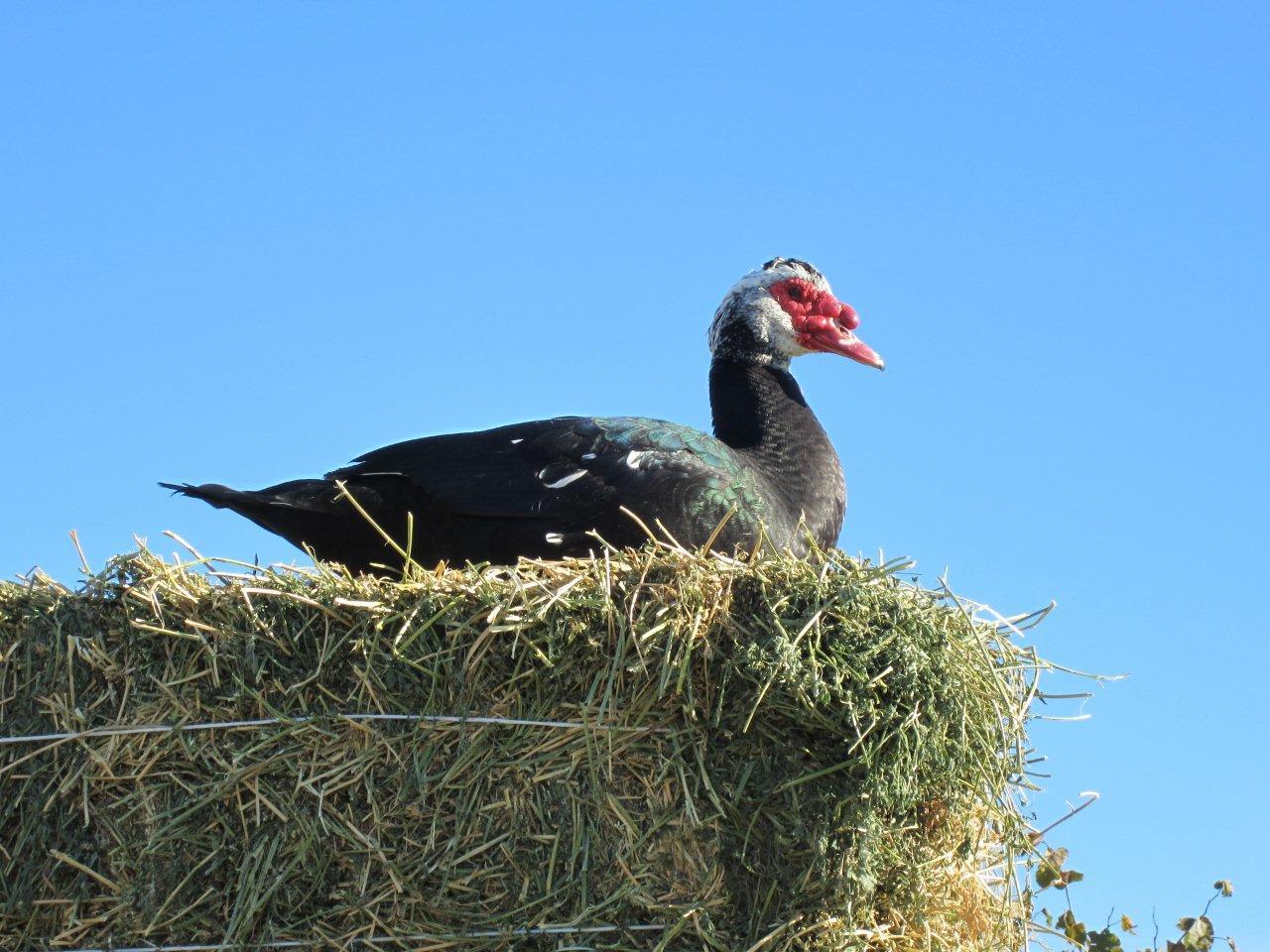Glenda Heywood
Question came on BYC
New Hen has crusy beak, runny nose, keeps closing eyes - first chicken
Glenda Heywood posted
I think you need to get hold of a vet if possible and get something for
respiratory disease
such as
it is surely contagious
and you must spray your shoes after taking care of them in clorox like put the clorox in a flat tray and step into it
also do not wear the clothes you do their chores in to take care of them in
also DO THEIR CHORES LAST
try and get some neomycin and put it in the water
and make a wet mash probiotic with the neomycin in it
1 qt of dry chicken crumbles
2 qts of water
in the water put 1 tsp of the neomycin in it
feed this twice the first day and the 2nd day
and in the water also
watch how the others act they may come down with it daily
generally there is no end to the out come
it is very stressful and the birds will probably remain carriers even when they get over it
try and be objective that you will save some of them
email me with any questions and do seperate all the sickly one
BUT DO MEDICATE EVERY CHICKEN WITH NEOMYCIN ASAP
it is the time of yr that the wild birds are stoping by and defecating and the chickens eat that manure and it has the MG or CRD or roup disease germs in it
also warm days and cold nites bring this on and YES IT IS CATCHINGalso I would get Vetrx and run all the sick birds heads with vetrx and under their wings put vetrx and down the throat 1/2 tsp per day till coughing and sneezing quits
in the water with the neomycin put 1 tsp of Vetrx to the gallon
ALSO SOME INFORMATION IS
Poultry
Bacterial diseases
Mycoplasmosis (CRD, Air sac, Sinusitis)
Organisms in the genus Mycoplasma are a significant cause of respiratory disease in poultry. Of the numerous species of Mycoplasma that have been isolated from domestic poultry, three are of known significance. Mycoplasma gallisepticum is associated with chronic respiratory disease (CRD)/air sac syndrome in chickens and turkeys and infectious sinusitis of turkeys; Mycoplasma meleagridis is associated with airsacculitis in turkeys; and Mycoplasma synoviae is the cause of infectious synovitis in chickens and turkeys.
Chronic respiratory disease (CRD), air sac syndrome and infectious sinusitis of turkeys have a common cause. CRD was first recognized as a chronic but mild respiratory disease of adult chickens. It reduced egg production but caused little or no mortality. Afterward, a condition known as "air sac disease" became a problem in young birds. It caused high mortality in some flocks. Many birds became stunted, feed efficiency was reduced, and many fowl were rejected as unfit for human consumption when processed.
Infectious sinusitis in turkeys produces a sinus swelling under the eye as well as an inflammation of respiratory organs. It is a chronic disease adversely affecting growth and feed conversion. It may also cause significant mortality in young poults.
A peculiar bacterial-like organism known as Mycoplasma gallisepticum (MG) is common to all three conditions. CRD and sinusitis in turkeys are caused by a pure MG infections while the air sac syndrome is caused by an infection of MG in combination with E. coli. These conditions are triggered by acute respiratory infections such as Newcastle disease or infectious bronchitis.
Mycoplasma gallisepticum is widespread and affects many species of birds. Eradication programs have reduced the incidence in recent years. It is primarily spread through the egg. Infected hens transmit organisms and the chick or poult is infected when it hatches. Organisms may also be transmitted by direct contact with infected or carrier birds.
The true CRD produces slight respiratory symptoms such as coughing, sneezing and a nasal discharge. In the air sac syndrome there is an extensive involvement of the entire respiratory system. The air sacs are often cloudy and contain large amounts of exudate. Affected birds become droopy, feed consumption decreases and there is a rapid loss of body weight.
Infectious sinusitis in turkeys occurs in two forms. When the "upper" form is present, there is only a swelling of the sinus under the eye. In the "lower" form, the lungs and air sacs are involved. The air sacs become cloudy and may contain large amounts of exudate. Both forms of the disease are usually present in the flock and frequently are present in the same bird.
Diagnosis of either condition must be based on flock history, symptoms and lesions. Blood tests are useful in determining whether a flock is infected.
The answer to the MG problem in both chickens and turkeys is eradication of the disease organisms. This goal has been achieved in commercial breeding flocks with voluntary programs conducted by the National Poultry Improvement Plan (NPIP) and National Turkey Improvement Plan (NTIP). The treatment of CRD, air sac syndrome and the lower form of infectious sinusitis is not considered satisfactory. Many antibiotics have been used with varying success. Whether to give treatment is a decision that must be made on each flock based on economic factors. If treatment is attempted, give high levels of one of the broad spectrum antibiotics (Tylosin, aureomycin, terramycin, gallimycin) either in feed, drinking water or by injections. The "upper"; form of infectious sinusitis can be treated with success by injecting antibiotics into the bird
Glenda L Heywood Cassville Missouri



